Art History
There It Is! Here Are 2023’s Most Surprising Art-Historical Discoveries
Catch up on a year's worth of rediscovered art, from the Artemisia Gentileschi that languished in storage to the N.C. Wyeth found in a thrift store.
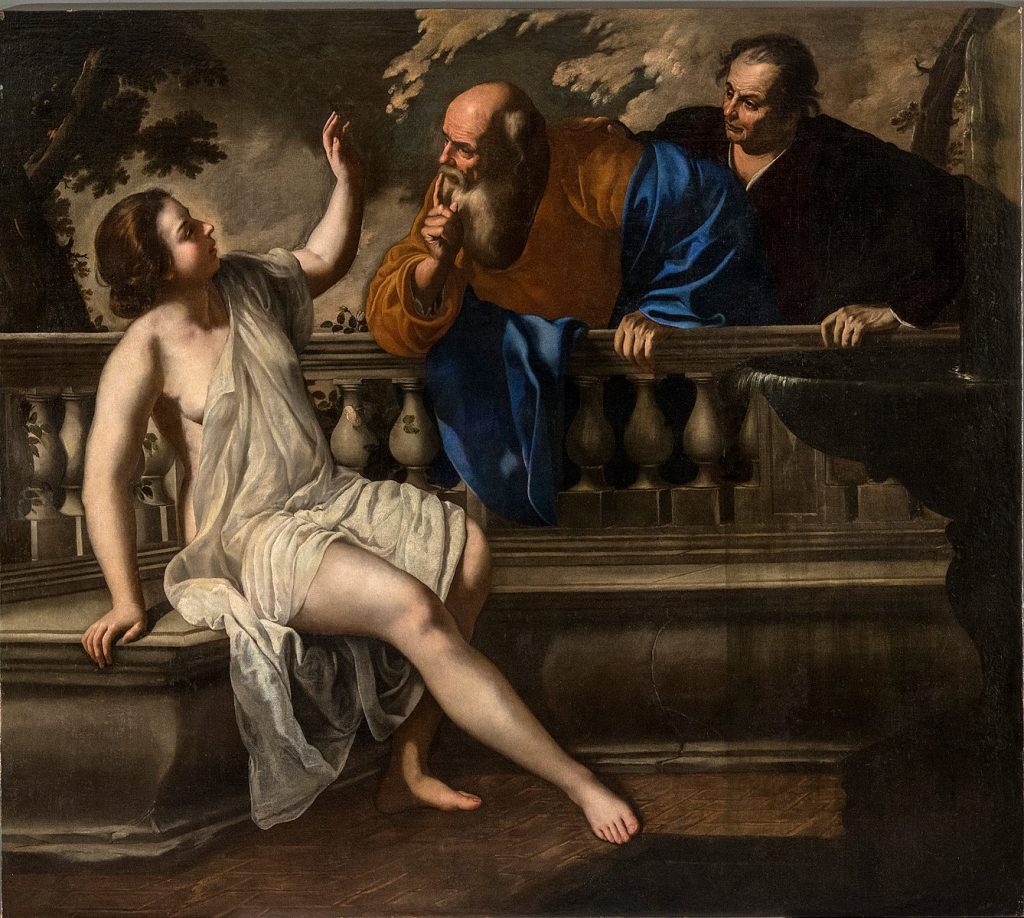
Catch up on a year's worth of rediscovered art, from the Artemisia Gentileschi that languished in storage to the N.C. Wyeth found in a thrift store.

Adam Schrader

Art-historical discoveries abounded in 2023, proving that there often is gold to be found in the dustiest attics and coldest museum storage vault. Here, we’ve rounded up our coverage of the year’s discoveries and rediscoveries, some by amateur collectors and others by experts, that have added to the world’s art-historical treasures.
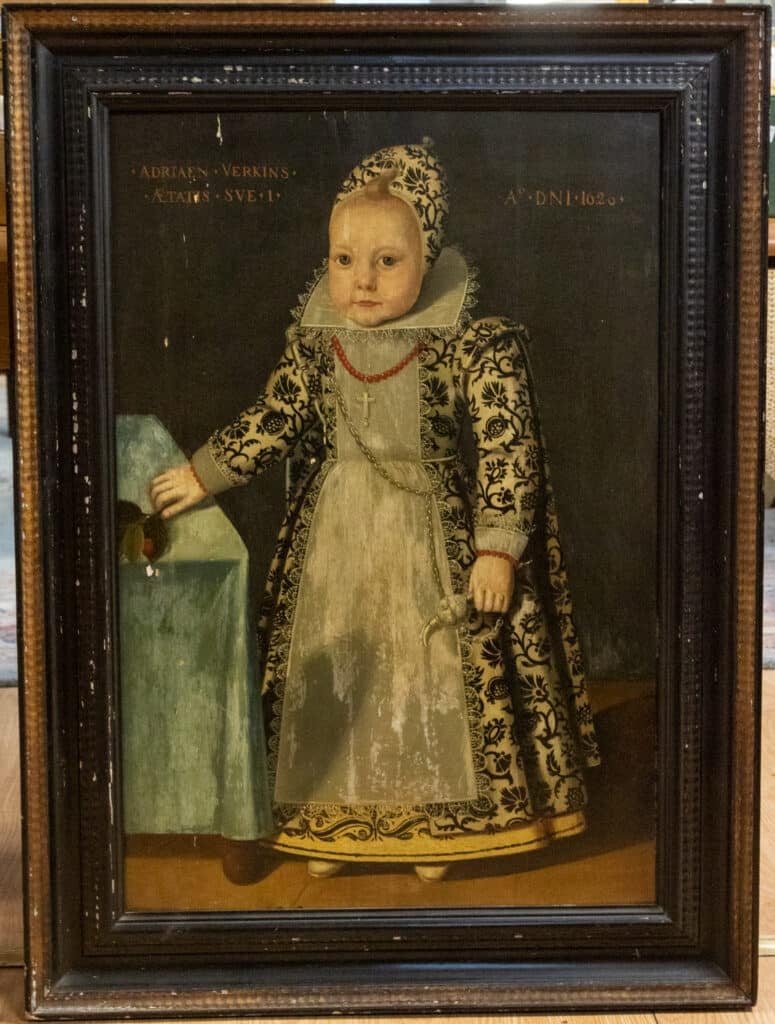
A 17th-century portrait of a baby discovered in an English cottage. Courtesy of Hansons Auctioneers.
This painting was found hanging on the back of a door in an English cottage by the daughter of an “eccentric” collector after his death before it went up for auction at Hansons in January. The canvas bears the name Adriaen Verkins and the date it was created. Verkins is believed to be the name of the artist who painted the work, who has faded into obscurity.
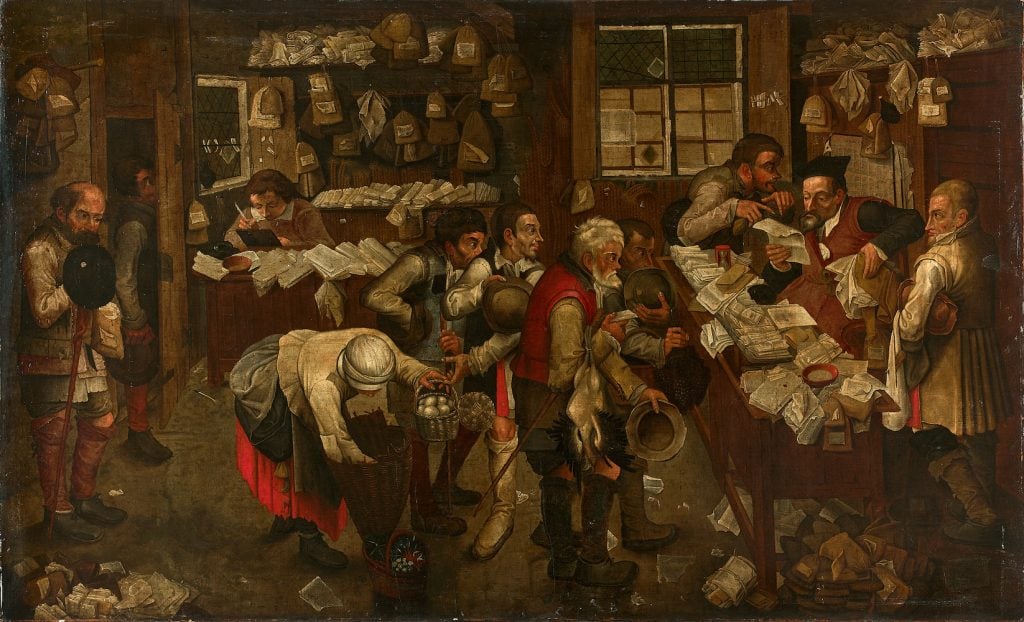
Pieter Brueghel the Younger, L’avocat du village (c. 1615-1617). Courtesy of Daguerre and Drouot.
The painting, which depicts a 17th century lawyer’s office, hung behind the door of a family home in France for generations with the owners long believing it was a cheap knock-off of a scene painted numerous times by the artist. However, it was determined to be the real deal earlier this year after it was spotted by Malo de Lussac of Paris’s Daguerre Val de Loire auction house while visiting the home. The family ultimately sold it at the auction house.
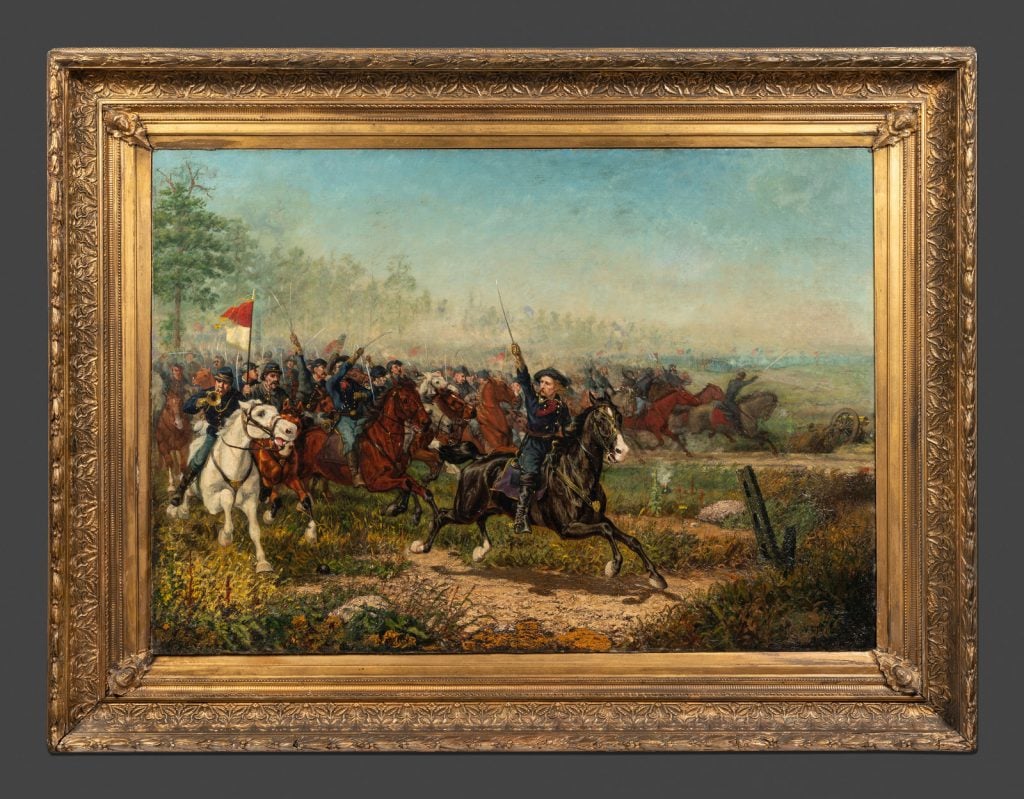
William B.T. Trego, The Charge of Custer at Winchester (1879). This painting launched the artist’s career with a prize at the Michigan State Fair, but its whereabouts were unknown for more than a century—until it turned up at auction, being sold by the Bloomington Library in Illinois. Photo courtesy of Hindman, Chicago.
“Where had the painting been all these years? Hiding in plain sight, hanging near the microfilm machines in the Illinois section of the Bloomington Public Library, about two-thirds of the way between Chicago and Springfield.”
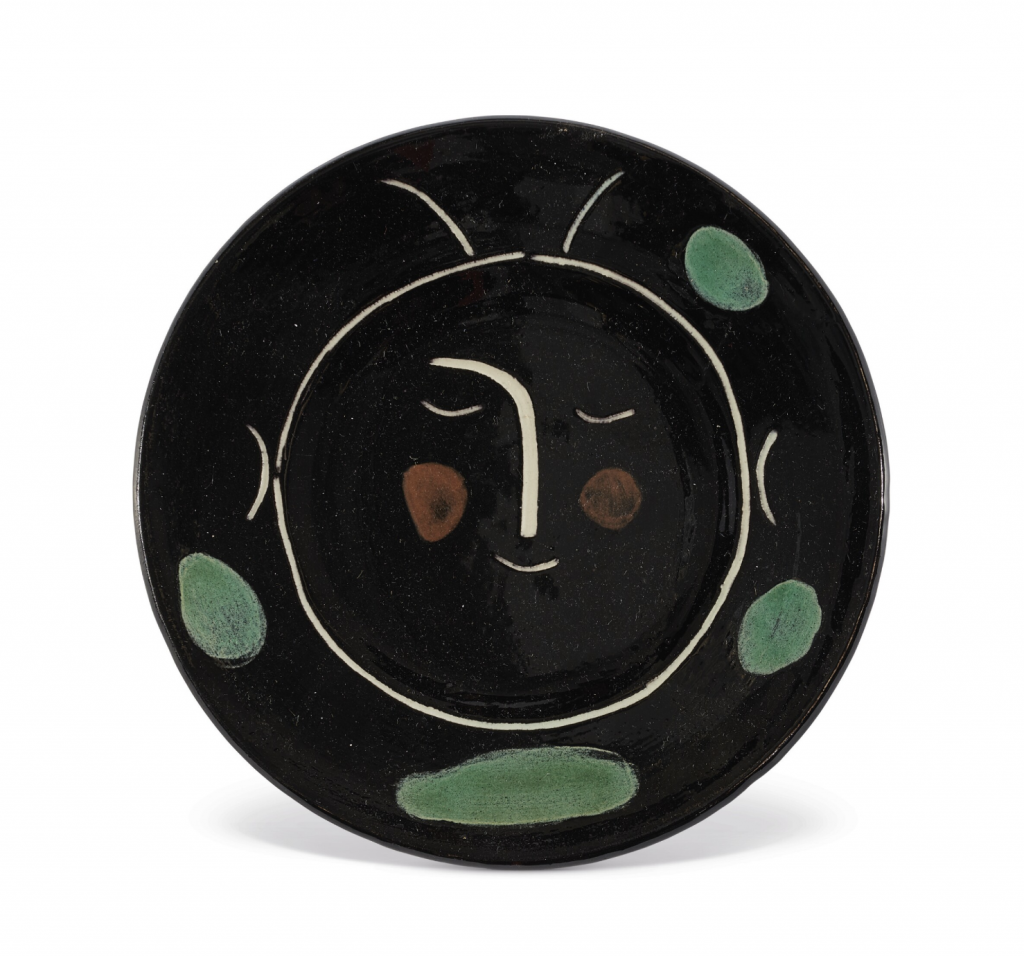
A hand-painted plate from Pablo Picasso’s “Visage Noir” series of ceramics, discovered at a Salvation Army by Nancy Cavaliere. Courtesy of Sotheby’s.
“She made the purchase, but after a few online searches, she realized she had something more valuable on her hands. The plates, it turned out, belonged to Picasso’s ‘Visage Noir’ series of hand-painted ceramics, produced in a pottery studio in the southern French town of Madoura in the 1940s.”
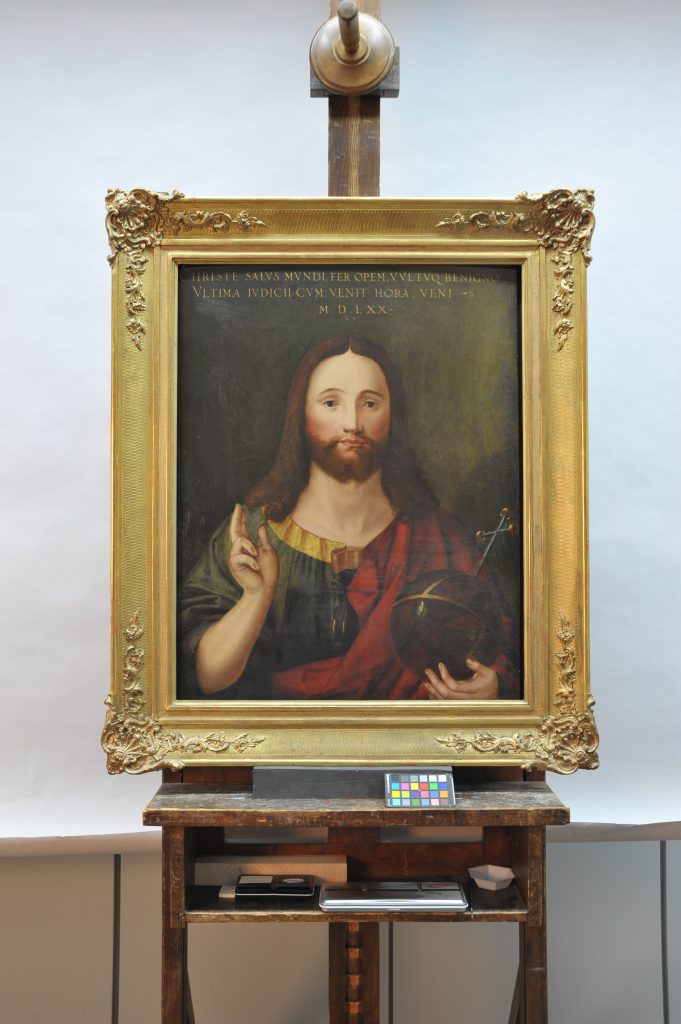
The painting is dated to 1570. Image: courtesy Blfd.
“The attribution is straightforward: in the painting’s upper portion and directly beneath the year 1570, written out in Roman numerals, are the letters ‘L.C.’ This marking, first noted by art historian Friedrich Fuchs in 2002, made the painting something of a town secret, one that was covered in local papers and accessible to anyone who knew to ask the chaplain for a viewing.”
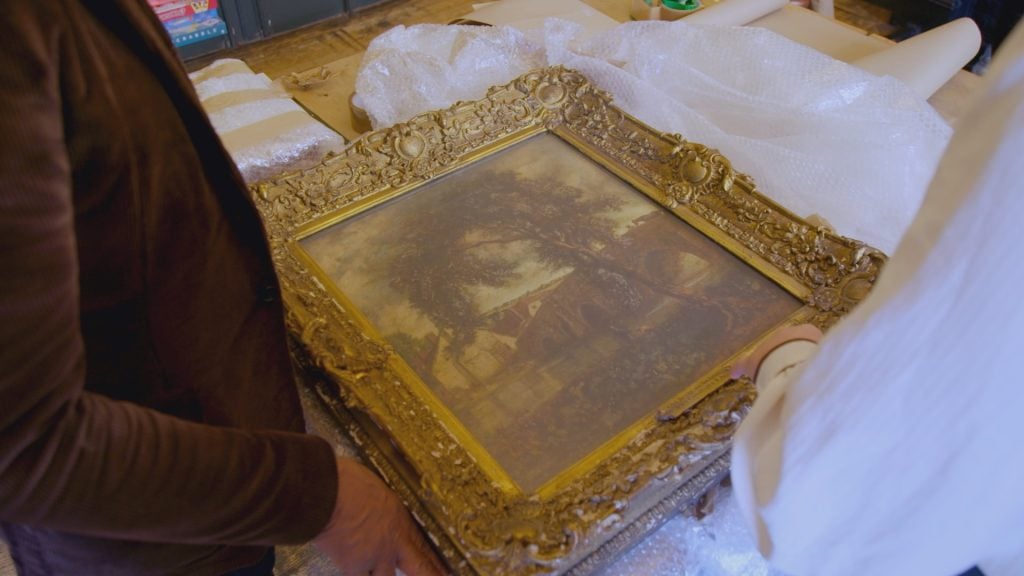
A Constable painting was discovered in a castle in Scotland on the new British TV show Millionaire Hoarders. Photo courtesy of Channel 4.
Simon Houison Craufurd and his wife, Adity, found the painting in the guest wing of Craufurdland Castle, which has been in their family for nearly 800 years. The couple brought the painting on to Millionaire Hoarders, a new British TV show that helped identify the work. The work was created in the 1820s and is believed to have been acquired by the family in 1918 from the art collector John Postle Heseltine. The Craufurds rediscovered the work in their home about a decade ago, but it was dismissed as a fake at the time.
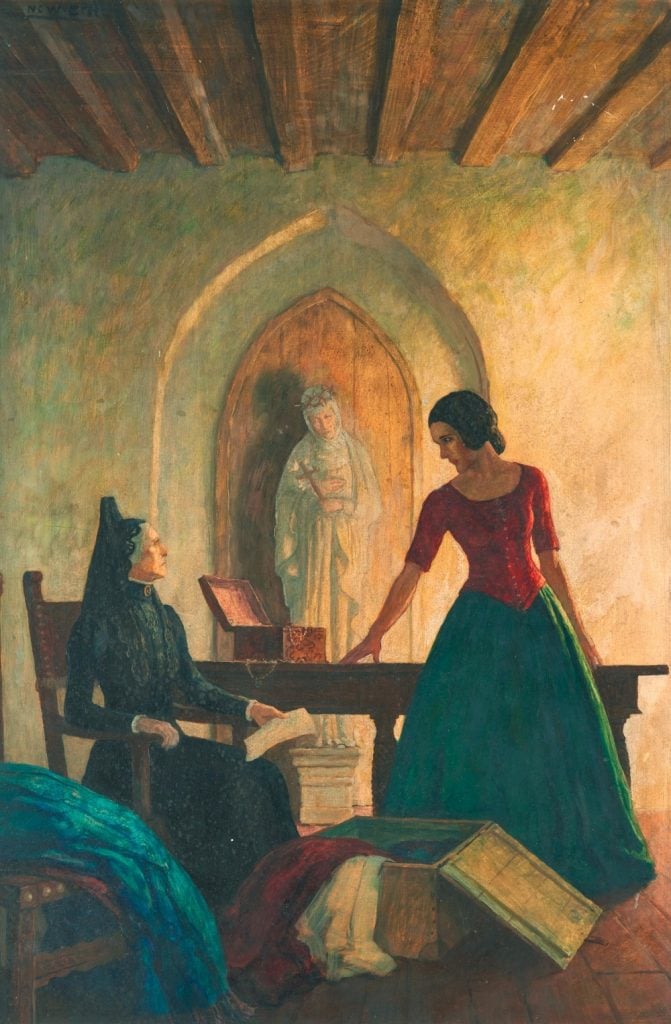
Newell Convers Wyeth, Ramona. Image courtesy of Bonham’s.
Tracy Donahue discovered the illustration at Savers, a thrift shop in New Hampshire, in 2017 and bought it for just $4. In May, it was determined to be one of four possible cover designs for a 1939 edition of Helen Hunt Jackson’s novel Ramona. It was estimated to sell for as much as $250,000 and ultimately went for $191,000 at a Bonhams auction in September. However, the buyer never paid and so the sale was never completed. Donahue has decided to hold on to the painting for now.
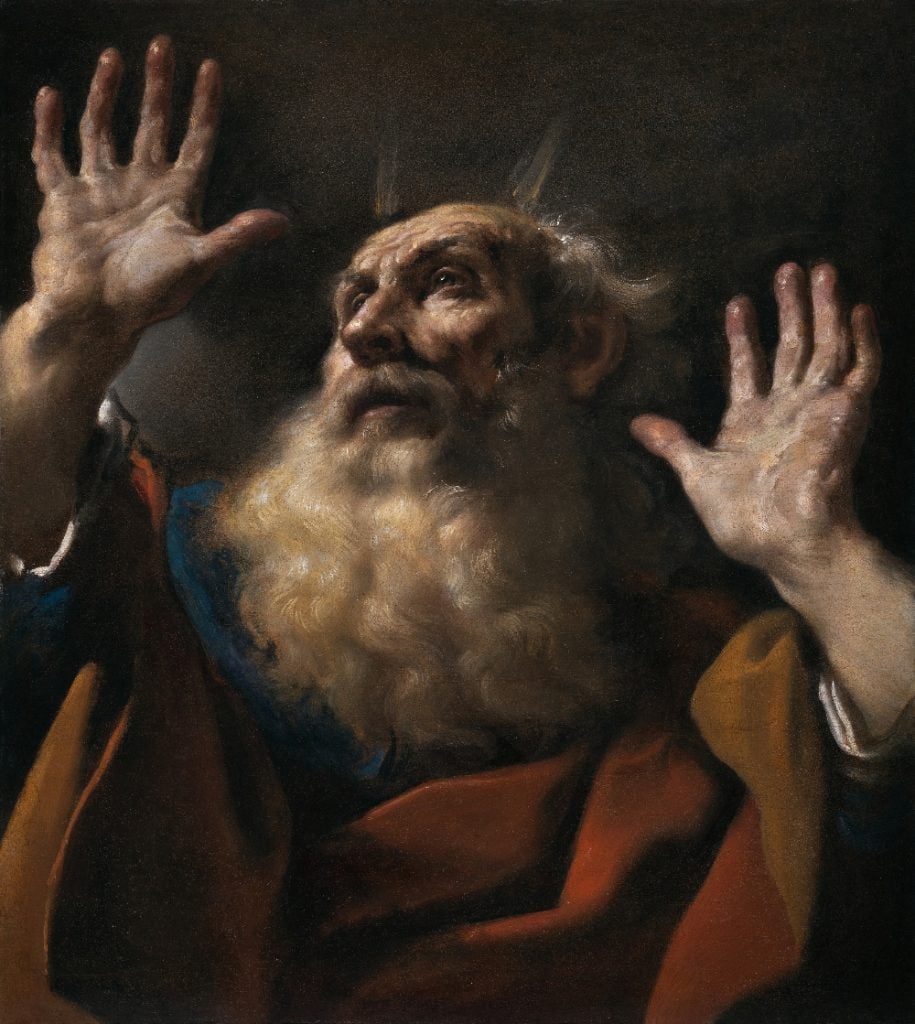
Giovanni Francesco Barbieri, also called Il Guercino, Moses (ca. 1618–19). Photo: courtesy Moretti Fine Art.
“‘We never questioned the attribution,’ [Italian Old Master specialist Fabrizio] Moretti told Artnet News. ‘From 100 meters you can tell this is an early Guercino, which is the best moment in the artist’s career. Our eyes are our knowledge.'”
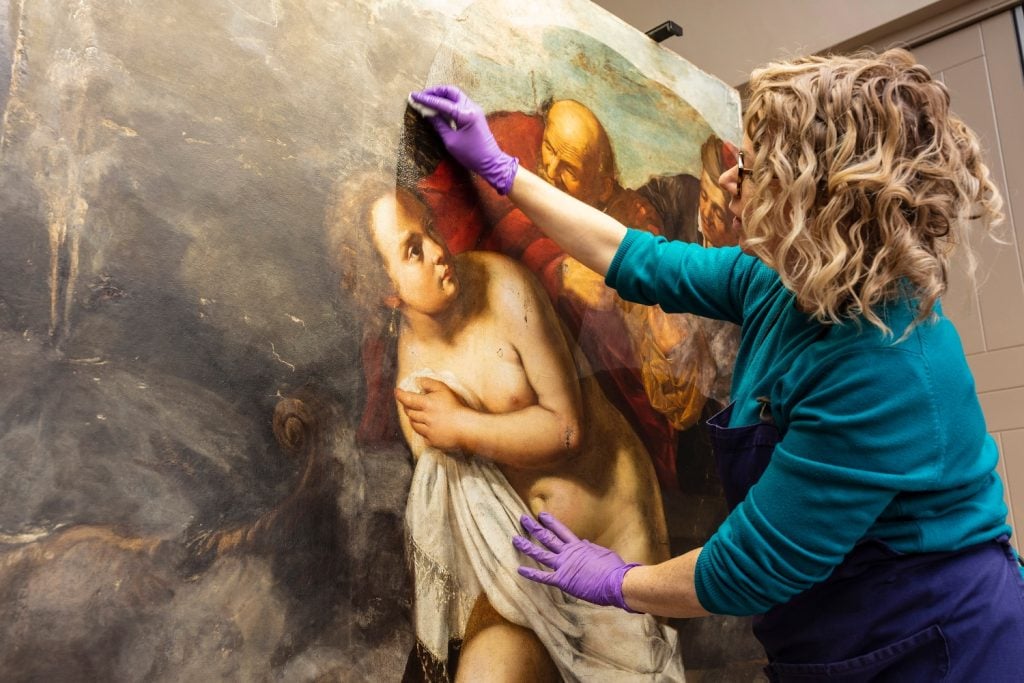
Conservator Adelaide Izat working on Susanna and the
Elders. Photo: Royal Collection Trust / © His Majesty King Charles III 2023.
“Until now, the painting had been misattributed to the ‘French School.’ It was left to collect dust in storage at Hampton Court Palace for over 100 years, falling into a very bad condition. The masterpiece was rescued thanks to the expertise of art historian Niko Munz and a team of the Royal Collection’s curators, who were researching the whereabouts of paintings that were presumed to have been lost or sold from royal collection after Charles I was executed in 1649.”
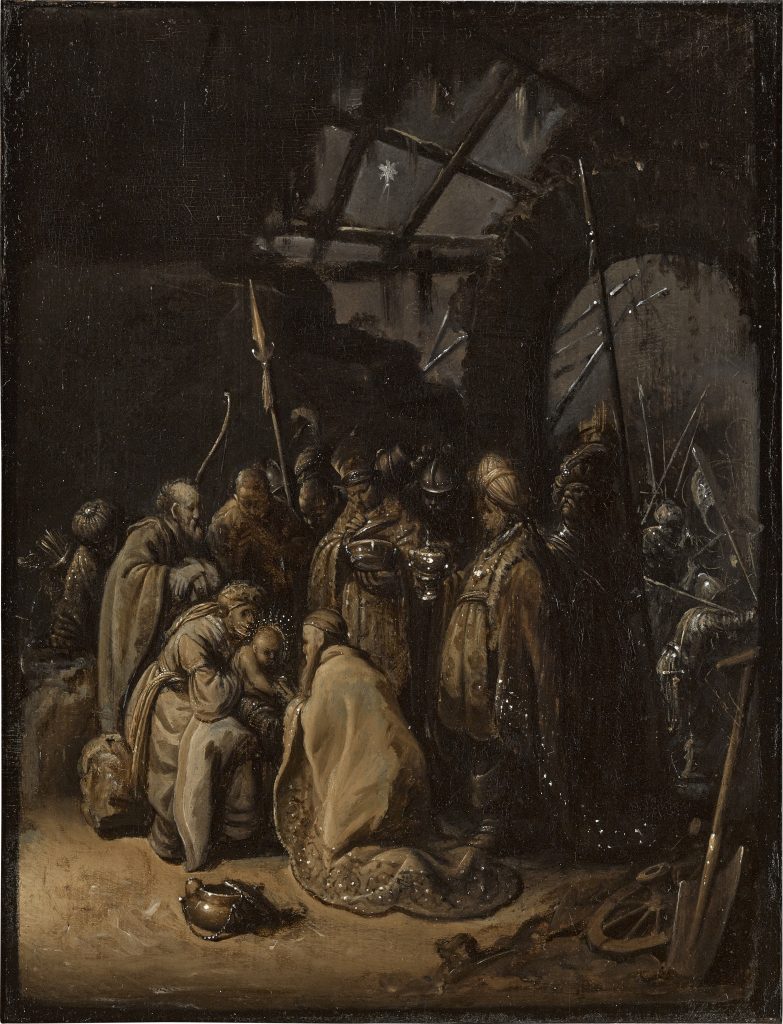
Rembrandt Harmensz. van Rijn, The Adoration of the Kings (ca. 1628). Courtesy of Sotheby’s.
“The painting, titled The Adoration of The Kings (circa 1628), vanished from the public in the 1950s only to resurface in 2021 at a Christie’s sale in Amsterdam. The auction house catalogued it as a work from the “circle” of Rembrandt then, and estimated its value to be between $10,500 and $15,800. However, it ultimately sold for nearly $1 million, buoyed by bids from those who thought it might actually be by the Old Master.”
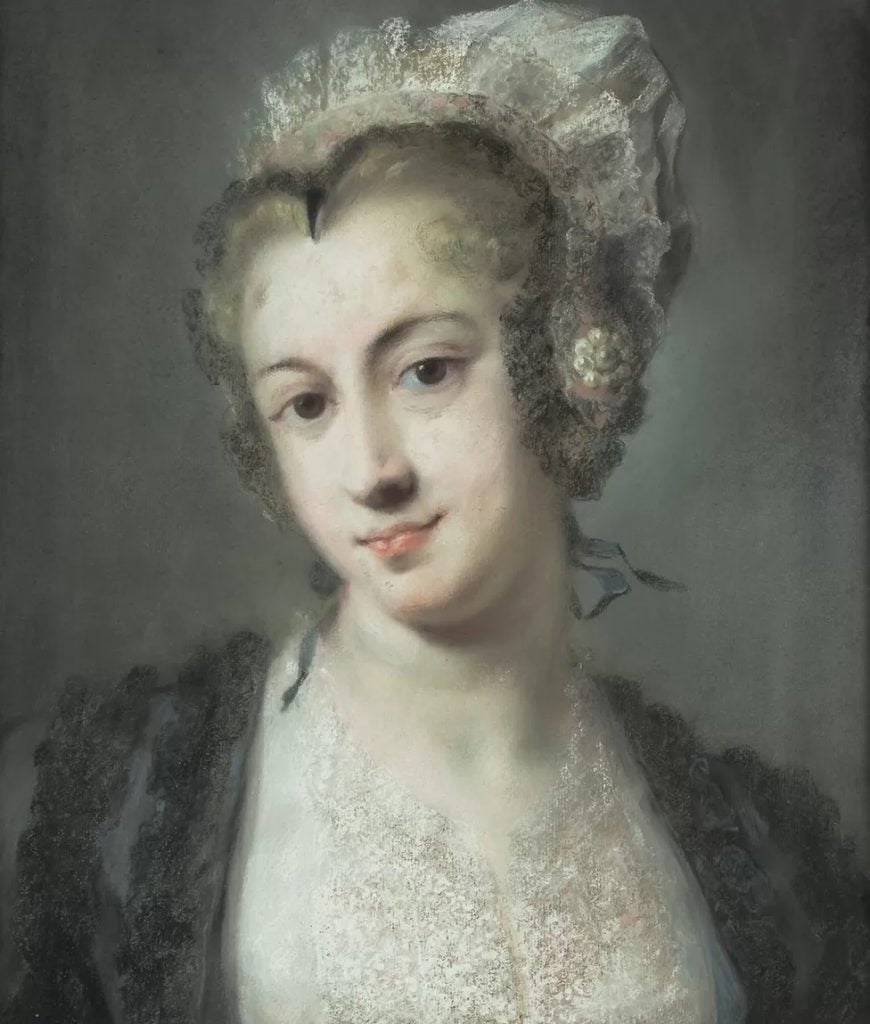
Rosalba Carriera, The Portrait of a Tyrolese Lady. The rediscovered pastel, long believed to be a copy, has been identified as an original by the famed pastelist. Photo courtesy of Tatton Park and the National Trust.
“So it was a big moment when Salomon arrived to examining the piece in person. Quickly, he found proof of Carriera’s hand. When conservator Richard Hawkes carefully unframed the picture for Salomon, separating the pieces from its backing, there it was: a Santini prayer card… Salomon estimated that he’s found a Santini card in roughly one in 10 Carriera works he’s examined.”
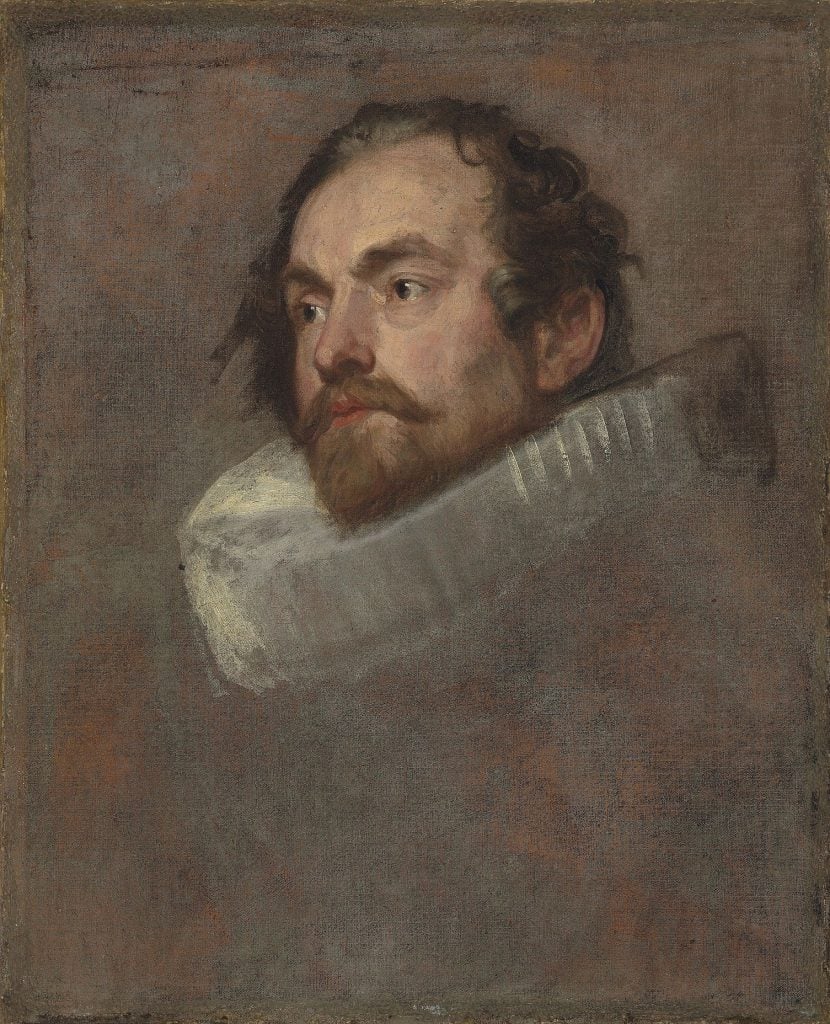
Anthony van Dyck, preparatory sketch for The Magistrates of Brussels (ca. 1634). Courtesy of Christie’s London.
“For generations, a family in Jaén, Spain, didn’t think much about the large religious painting hanging prominently in their living room. Now, it’s been identified as a masterpiece by 17th-century Baroque Flemish painter Anthony van Dyck, and it could be primed for a multimillion dollar sale to the Museum of Fine Arts of Seville.”
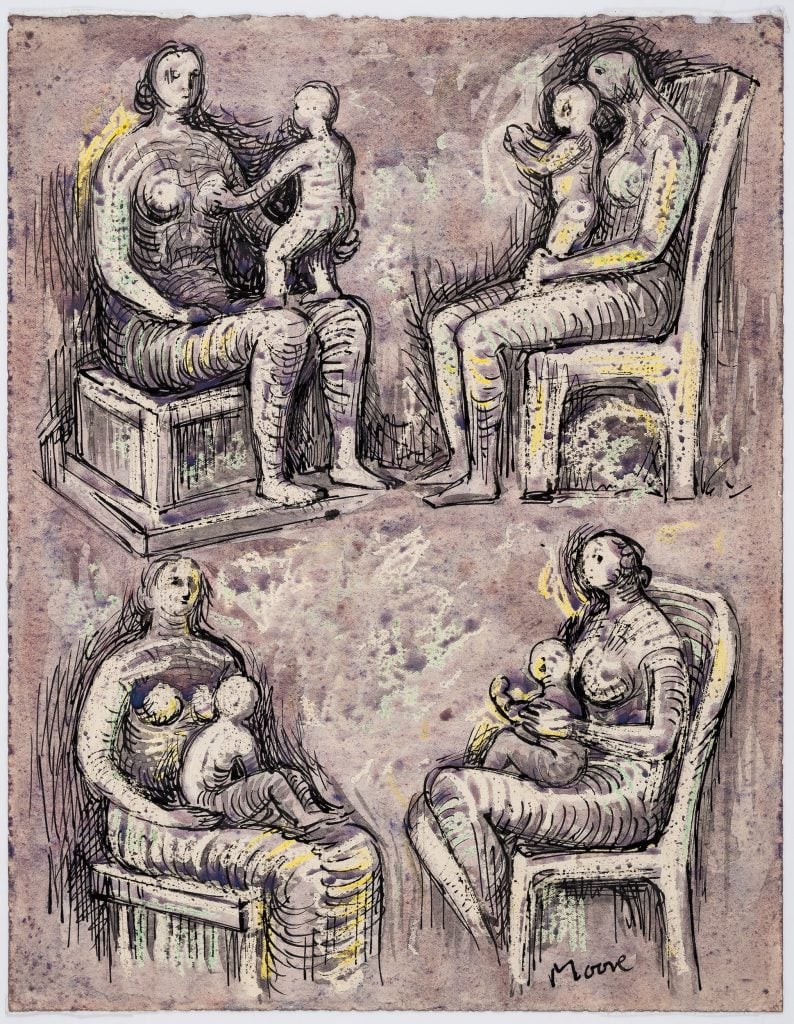
Henry Moore, Four Studies of Mother & Child (c. 1947–49). Photo courtesy of Forum Auctions.
“The seller believed the work to be a print, but it was revealed during a valuation at the auction house that it is a signed drawing, with another drawing on the reverse. After two years of research with the Henry Moore Foundation, Forum Auctions authenticated the work, which will appear in a forthcoming catalogue raisonné.”
More Trending Stories:
Art Dealers Christina and Emmanuel Di Donna on Their Special Holiday Rituals
Stefanie Heinze Paints Richly Ambiguous Worlds. Collectors Are Obsessed
Inspector Schachter Uncovers Allegations Regarding the Latest Art World Scandal—And It’s a Doozy
Archaeologists Call Foul on the Purported Discovery of a 27,000-Year-Old Pyramid
The Sprawling Legal Dispute Between Yves Bouvier and Dmitry Rybolovlev Is Finally Over